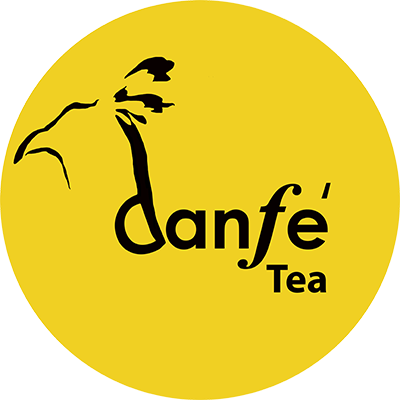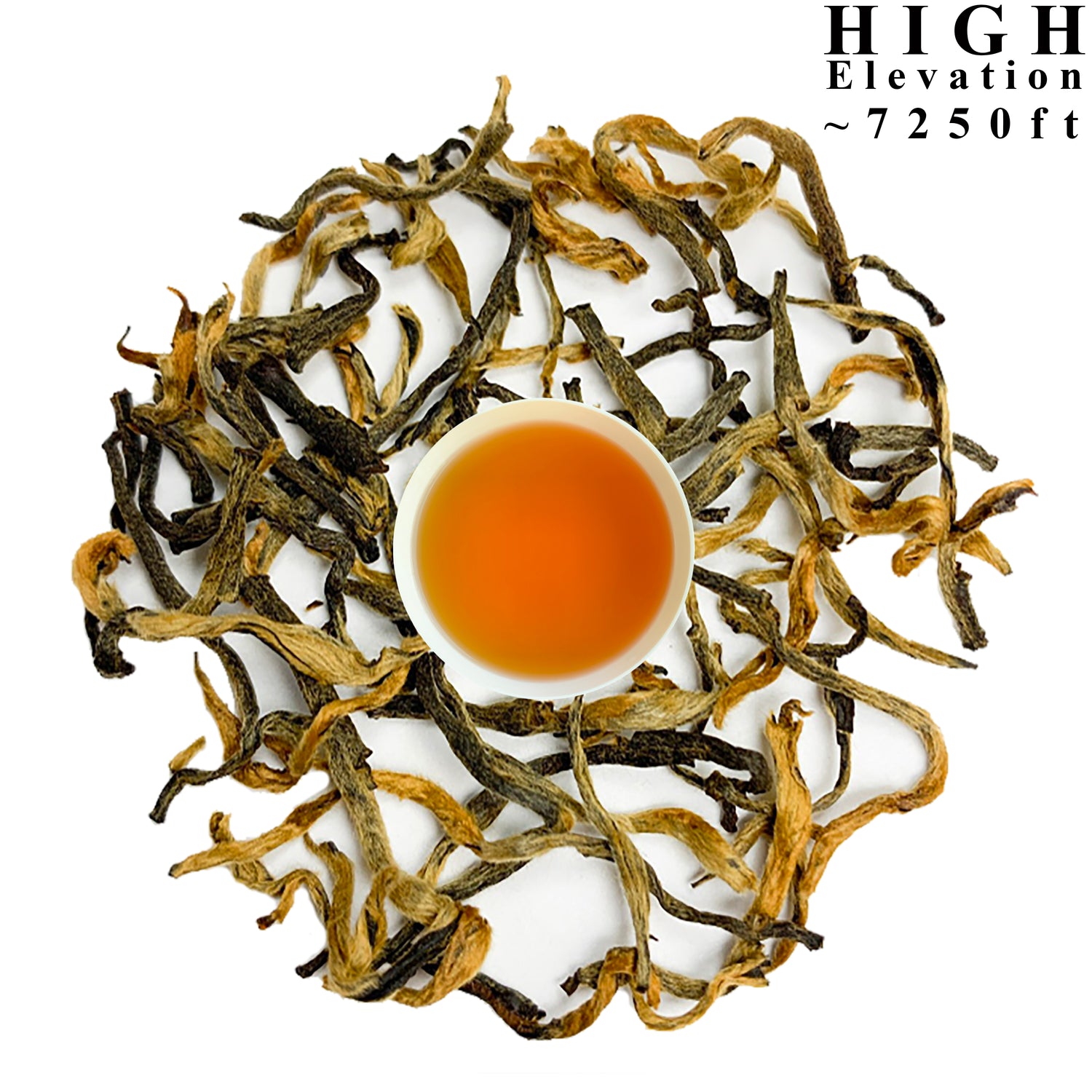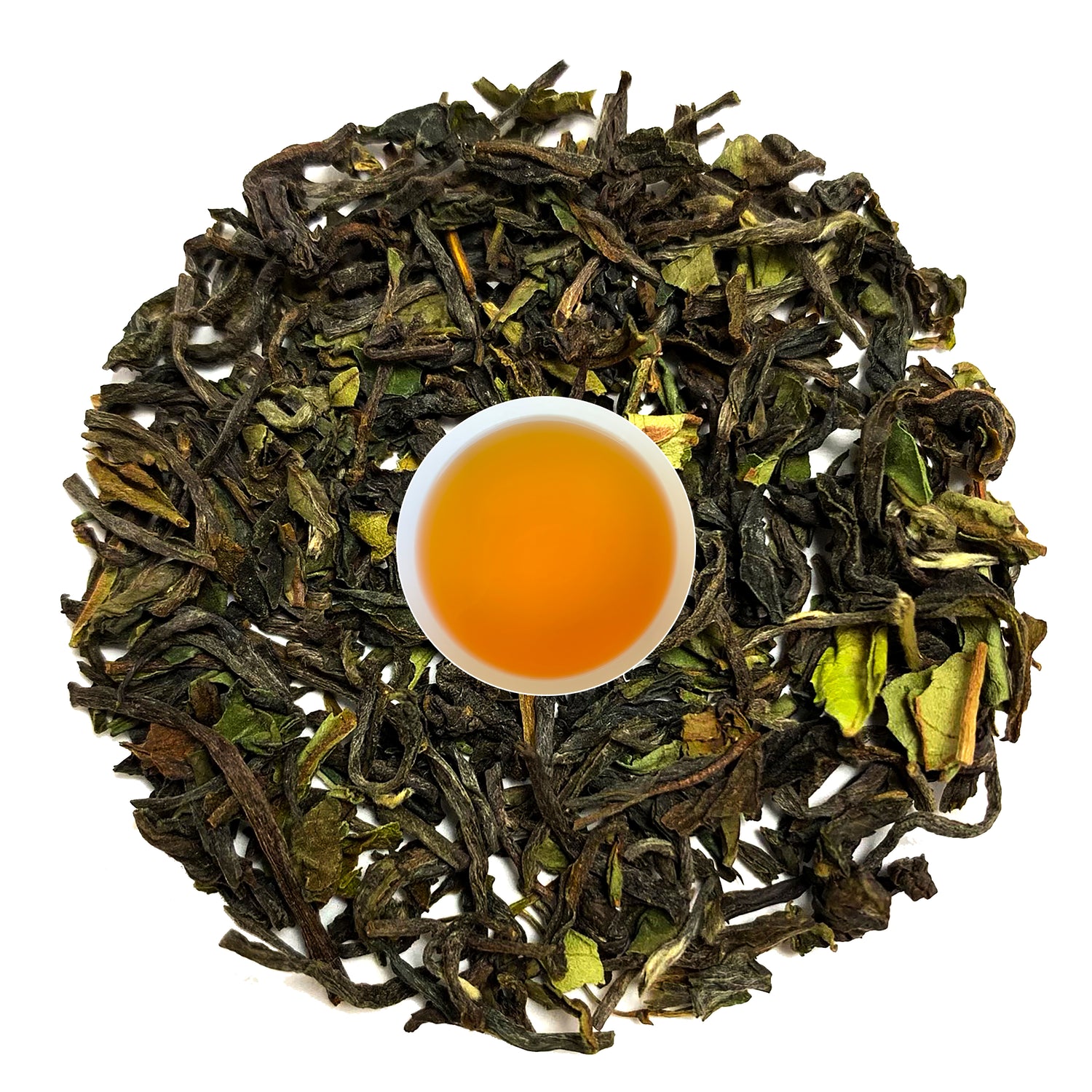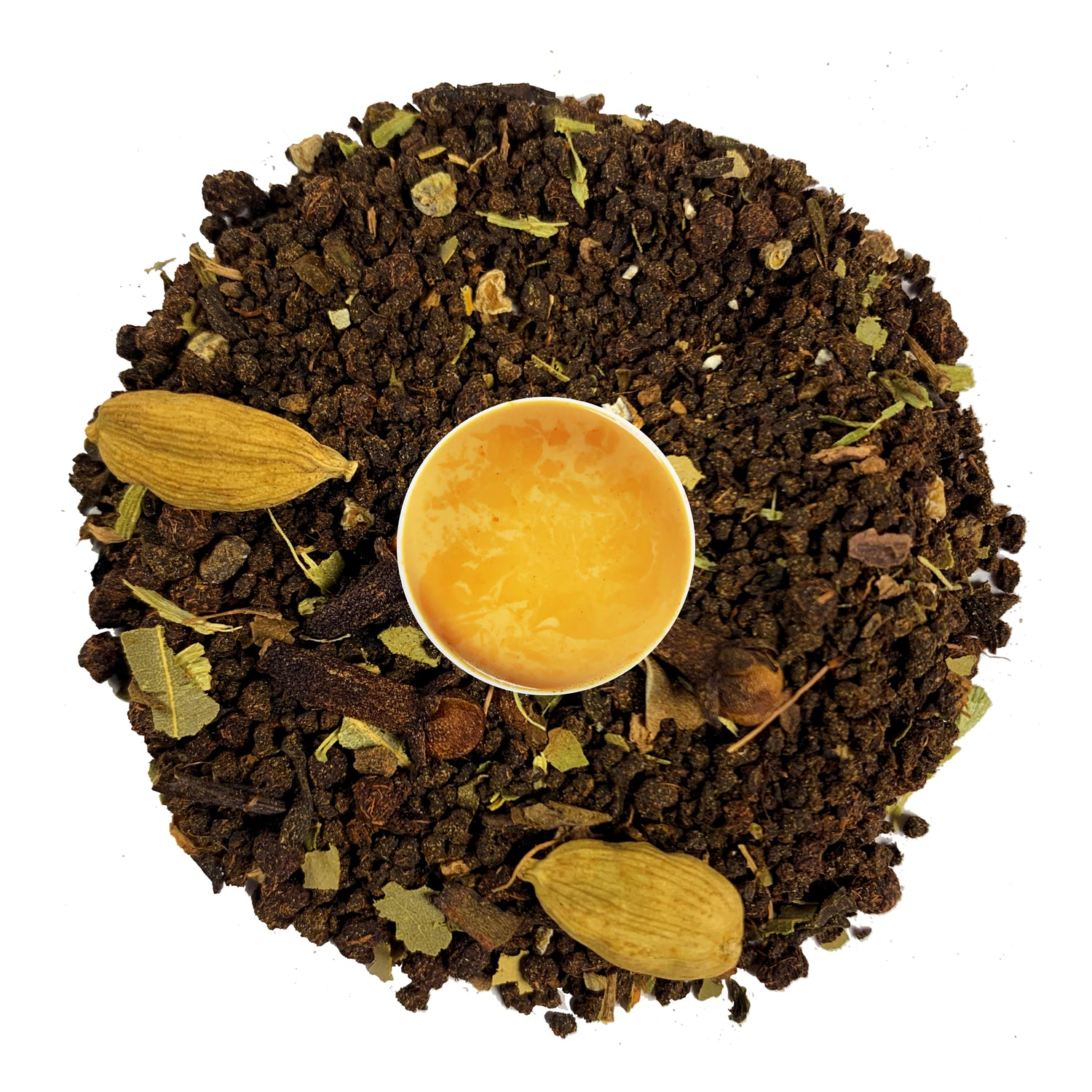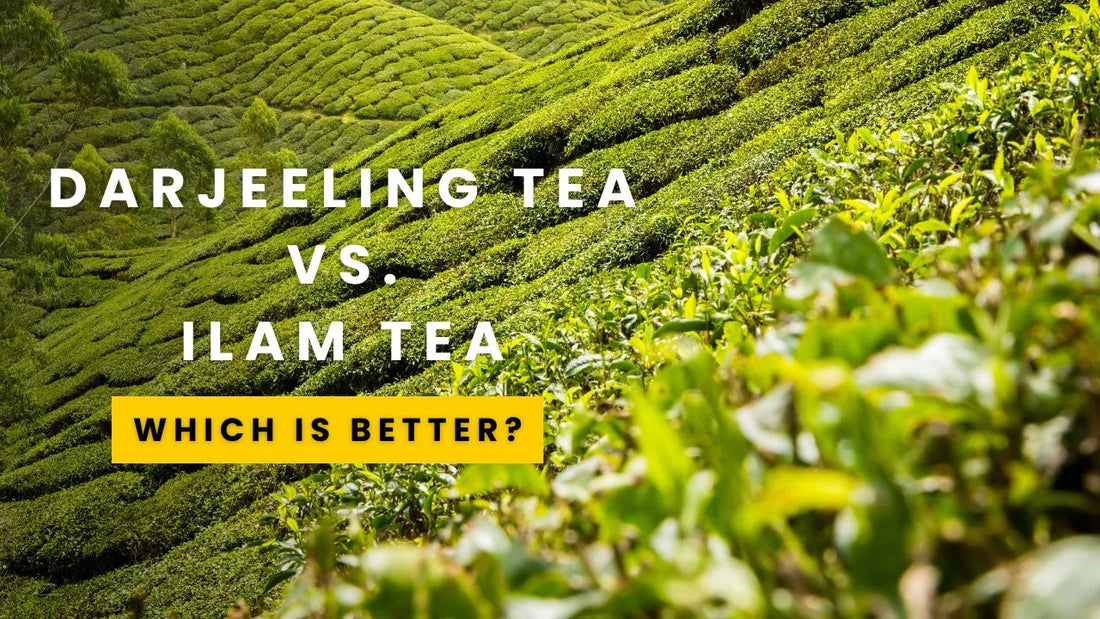
Darjeeling Tea vs Nepal Tea: The Ultimate Comparison
Welcome back to our series on the world of loose-leaf teas from Nepal. Today, we're going deeper into this exciting comparison, we have the famous Darjeeling teas and relatively unknown Nepal tea. Join us as we explore these alternatives and superior choices for tea enthusiasts around the world. This article will explore the flavors, benefits, challenges, and opportunities of Nepal tea vs Darjeeling tea.
Ilam Tea: An Overview
Ilam, a beautiful district in eastern Nepal, has a rich tea-growing tradition that rivals many famous tea regions. The area's misty hills and cool climate are perfect for tea cultivation, producing leaves full of vibrant flavor. Unlike the more industrialized tea farms elsewhere, Ilam's gardens are often smaller and less mechanized. This allows for more traditional, hands-on farming methods that many tea enthusiasts believe enhance the tea's quality.
Darjeeling Tea: A Benchmark
Darjeeling tea, known globally as the "Champagne of Teas," is famous for its sophisticated flavor profile, with a delicate muscatel aroma and a light, golden color. Grown in the neighboring region of Darjeeling, India, this tea sets a high standard in the tea market with its protected geographical indication status, which assures a certified quality and origin.
Geographical and Climatic Influences
Perched in the Himalayas, both Ilam and Darjeeling enjoy ideal tea-growing climates. Ilam’s slightly varied altitude and pristine environment help develop a vibrant and robust flavor profile in its teas, setting it apart from the more delicate Darjeeling varieties. This distinct difference positions Ilam tea as a unique offering in the global tea market.
Flavor Profile
Nepalese tea from Ilam is celebrated for its rich, bold flavors, which contrast sharply with the light, floral notes of Darjeeling tea. Ilam's robust profile appeals to those who prefer a more pronounced tea experience, offering an invigorating alternative to the subtler Darjeeling brews.
Processing Techniques and Quality
Ilam tea benefits from traditional farming techniques that emphasize quality and sustainability. In contrast, Darjeeling's tea industry sometimes struggles with the pressures of commercial demand, which can affect consistency and quality. This gives Ilam tea an edge, as each batch is crafted with meticulous care to ensure superior flavor and quality.
Health Benefits Comparison
Both teas offer significant health benefits, but Ilam's rich, organic soils contribute to higher levels of antioxidants and beneficial compounds in the tea. This makes Ilam tea particularly potent in promoting heart health and reducing inflammation, potentially offering greater health benefits than Darjeeling tea.
Sustainability and Environmental Impact
Ilam's commitment to sustainable and organic practices not only enhances the quality of the tea but also ensures the protection of its natural landscape. This approach is increasingly important to consumers worldwide, who prefer products that are responsibly sourced and produced.
Market Trends and Consumer Preferences
The global tea market is shifting towards unique, artisanal products that offer distinct flavors and ethical production methods. Ilam tea, with its strong flavor profile and sustainable credentials, is well-positioned to meet these demands, potentially outpacing Darjeeling in markets that value novelty and sustainability.
Challenges Facing Ilam Tea
Despite its potential, Ilam tea faces challenges such as limited international recognition and marketing support compared to the well-established Darjeeling tea. Additionally, logistical challenges in exporting Ilam tea to global markets can hinder its accessibility and popularity.
Opportunities for Growth
The increasing global interest in unique and sustainable products presents significant opportunities for Ilam tea. There is potential for growth through targeted marketing campaigns, partnerships with international distributors, and participation in global tea fairs to raise awareness and accessibility.
The Future of Ilam Tea
Looking forward, the future of Ilam tea appears promising. With strategic initiatives to overcome marketing and logistical challenges, Ilam tea could very well rival Darjeeling in both popularity and reputation. Increased global exposure and continued commitment to quality and sustainability could see Ilam tea become a favorite among tea enthusiasts around the world.
FAQs
What are the main challenges Ilam tea faces compared to Darjeeling tea?
Ilam tea struggles with brand recognition and needs more robust marketing and distribution channels to reach a wider audience.
What opportunities exist for Ilam tea in the global market?
There is a growing demand for unique and sustainable teas, which Ilam can fulfill with its distinct flavors and eco-friendly practices.
How does the future look for Ilam tea?
With strategic marketing and continued commitment to quality, Ilam tea has the potential to become a major player in the global tea market, rivaling even Darjeeling tea.
Why might someone choose Ilam tea over Darjeeling tea?
Ilam tea offers a bolder flavor and stronger health benefits, all produced with sustainable methods.
Conclusion
While Darjeeling tea has long held a prestigious position in the tea market, Ilam tea is poised to challenge this dominance with its unique flavor, health benefits, and sustainable practices. For those seeking a bold and ethically produced tea, Ilam offers an exciting and rewarding alternative. At Danfe Tea, we are proud to lead the way in bringing the exceptional qualities of Nepalese Ilam tea to a global audience.
Buy the Finest Loose-Leaf Teas from the Himalayas
Danfe Tea brings you the finest loose-leaf teas in the Himalayas. With robust flavors and many health benefits, we invite you to try our high-quality black teas. These teas are available in 2.5-3.5 oz or 1 lb variants. We also offer monthly subscriptions to these products.
